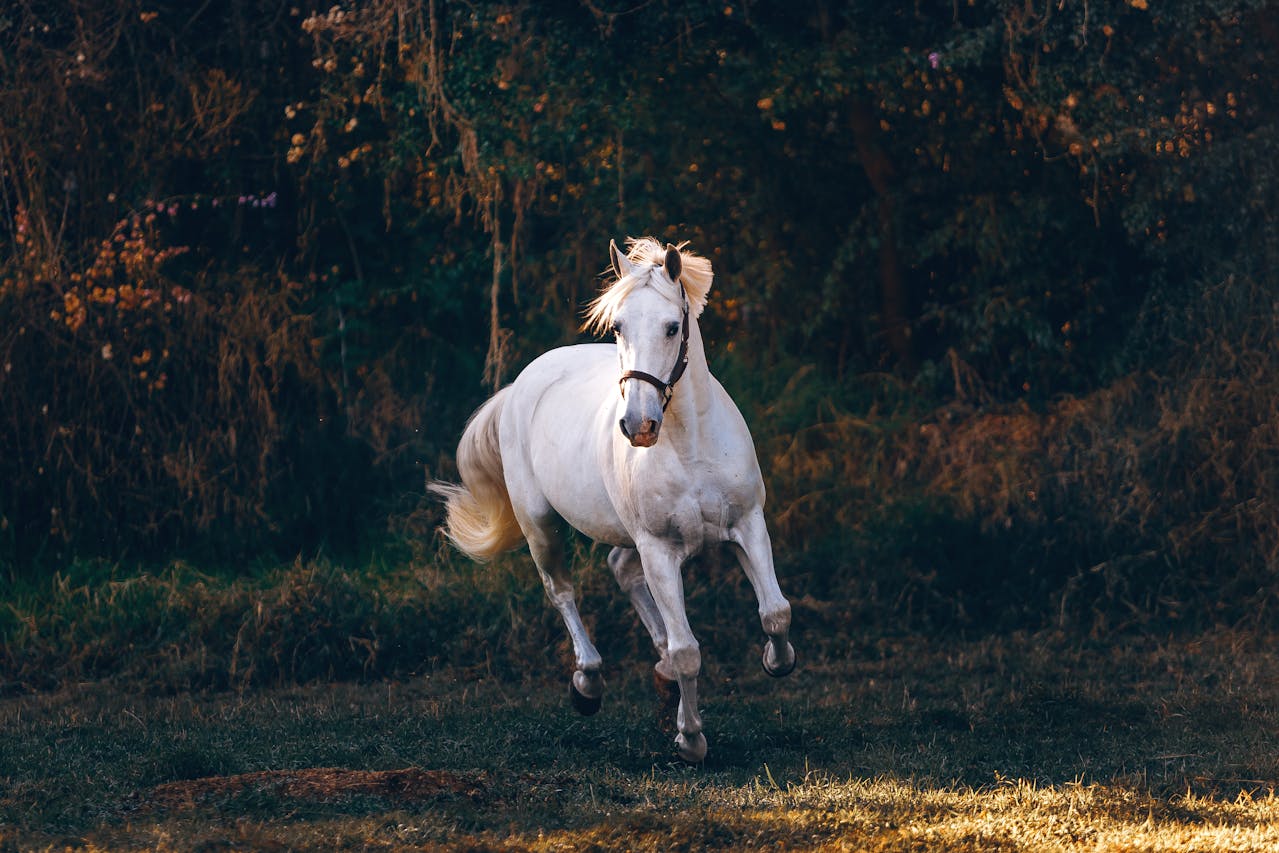Maximizing Kentucky Derby Earnings: How To Do Bankroll Management On America’s Biggest Horse Racing Event

The Kentucky Derby is certainly one of the greatest sporting events in the world. It is an excellent display of athleticism, both human and equine. It is both modern and historic, adding technology and innovation to a spectacle steeped in tradition.
It is also an excellent opportunity for a fledgling gambler to make a few quick bucks. Since the Kentucky Derby final standings will be known in a few weeks, this is the perfect time to get into it.
However, as alluring as betting on a race like the Kentucky Derby can be, it is all too easy for some to let a few poor decisions empty their bank accounts. How can you maximize your Kentucky Derby profits? Read on to learn more!
Study Past Performances
The most reliable way to ensure that your bets will yield profit is to study the field and be discerning when selecting your horses.
The most important factor to begin with is each horse’s past performances- how often each horse has raced, where they’ve raced, how long they’ve raced, how fast they’ve raced, and who they’ve raced against are all questions you will want to have answers for. Thankfully, websites like brisnet.com offer Past Performances; these listings will provide detailed write ups of every race each horse has ever participated in. Often you can get Past Performances for every race on the card, making certain kinds of exotic wagers (see Bet Types below) profitable.
It is important, when studying Past Performances to make a Kentucky Derby selection, to look for horses who have done their best running in longer races, preferably at least 1 ⅛ miles. This is because the Kentucky Derby is at 1 ¼ miles, which is longer than any horse in the field will have faced at this point in their career; therefore, while it will be impossible to know exactly which horses will tackle the distance on Derby day, you can use their prior races to make logical extrapolations.
Research Bloodlines
Another factor to pay attention to, especially when looking to see which horses will have the necessary stamina for that daunting tenth furlong, is each horse’s bloodlines. Speed and stamina, like any physical attributes, can be passed down from generation to generation, and while none of the entrants have run 1 ¼ miles, many of them have parents that succeeded at that distance and/or have demonstrated the ability to pass down that stamina to their offspring.
One thing you will need to remember is that while a horse will inherit just as much from their dam (mother) as they will from their sire (father), it is much easier to find solid statistics on the sire side. This is because while a dam can only have a handful of foals in her lifetime, a sire can easily have over a hundred foals each year, making patterns easier to determine.
If you are looking for stamina, you will want to see whether a sire has won, or has produced offspring that have won, major dirt races at 1 ¼ miles or longer. These include races like the Kentucky Derby, the Belmont Stakes, the Travers Stakes, and the Breeders’ Cup Classic. This information can be found at sources such as Equibase.com.
Pay Attention To Posts
On the Wednesday before the Kentucky Derby, post positions will be drawn. This will determine the order in which horses line up and enter their starting stalls at the beginning of the race.
This may seem like something minor; however, certain post positions are disadvantageous, particularly for horses with certain running styles. For example, most jockeys will try to secure a position along the inside rail for their mounts, in order to save ground along the turns. This means that a horse who starts on the extreme outside will need to cut across the track to get a good spot, while a horse on the extreme inside will need to be able to get away quickly so as to avoid getting shuffled around.
Know Your Bet Types
Knowing the horses most suited for the Kentucky Derby is not terribly profitable if you do not know how to bet on them.
There are two major kinds of bets: straight wagers and exotic wagers. Straight wagers are fairly simple: you choose one horse in one race and place a bet on them to win, place (finish in the top two), or show (finish in the top three). It is important to note that the odds on each horse reflect win bets only; place and show bets are easier to win, but will yield a smaller payout.
Then there are exotic wagers. These bets involve selecting more than one horse in a race, or choosing the winners of multiple races on a card. Exactas, trifectas, and superfectas involve choosing the top two, three, or four finishers in a race. Daily Doubles and Pick 3/4/5/6 wagers involve choosing the winners of multiple predetermined races on a card.
Most of the time these races are consecutive; however, there are certain special racing events that may get paired. One of these is the Oaks-Derby Double, in which the bettor selects the winner for both the Kentucky Derby and its distaff equivalent, the Kentucky Oaks, which is run the day before.
